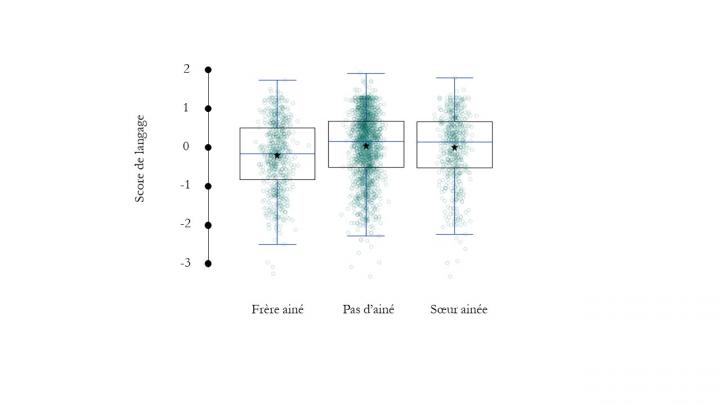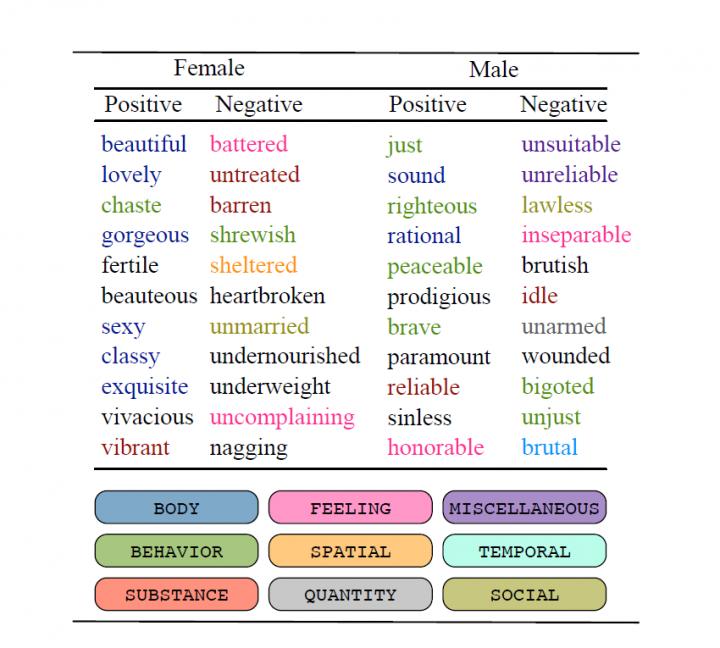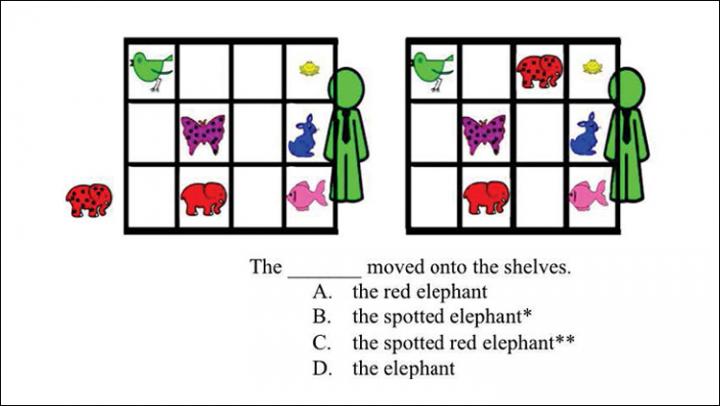Travelogues gained in popularity in Europe from the mid-18th century and subsequently grew in social and political significance
Tag: LANGUAGE/LINGUISTICS/SPEECH
From Haft Tappeh to the world wide web
Johannes Gutenberg University Mainz und Mainz University of Applied Sciences are digitizing 3,500-year old cuneiform texts
‘I predict your words’: that is how we understand what others say to us
Making predictions could be a key function of our brain to help us understand what is said to us quickly and efficiently, especially in noisy and complex contexts
Enago AuthorONE: AI-powered manuscript assessment and automated copy-editing for publishers
Unlike other solutions, AuthorONE delivers explainable, actionable results
Trump tweets were systematic plan of attack in Presidential campaign — study
First detailed description of variation and change in style of 21,739 tweets posted between 2009 and 2018 on the Donald Trump Twitter account. Four general patterns of linguistic variation identified in Trump’s tweets: conversational, campaigning, engaging and advisory styles. Results…
Why the language-ready brain is so complex
The capacity for language is distinctly human. It allows us to communicate, learn things, create culture, and think better. Because of its complexity, scientists have long struggled to understand the neurobiology of language. In the classical view, there are two…
Smartphone typing speeds catching up with keyboards
A study of over 37,000 users shows that the ‘typing gap’, the difference typing speeds between mobile devices and physical keyboards is decreasing, and 10-19-year olds can type about 10 words-per-minute faster than their parents’ generation
Aristocratic family trees became scientific model
Before the French Revolution, family trees were reserved for the feudal upper classes, who used them to consolidate their social status. While feudalism broke down and family trees lost their old roles, the trees gained new functions as scientific models.…
Cerebral reperfusion of reading network predicts recovery of reading ability after stroke
New Jersey researchers find early reperfusion of left reading network predicts reading ability in people recovering from left-sided stroke
How meaning is represented in the human brain
Linguistic and experiential information shape neural representations of sentence meaning
Mechanisms of real-time speech interpretation in the human brain revealed
Scientists have come a step closer to understanding how we’re able to understand spoken language so rapidly, and it involves a huge and complex set of computations in the brain. In a study published today in the journal PNAS ,…
True lies: How letter patterns color perceptions of truth
Researchers uncover why certain ads and fake news claims may seem accurate
Do as i say: Translating language into movement
CMU computer model aims to turn film scripts into animations

Sound-shape associations depend on early visual experiences
Data from individuals with different types of severe visual impairment suggest that the associations we make between sounds and shapes — a “smooth” b or a “spiky” k — may form during a sensitive period of visual development in early…

Having an elder brother is associated with slower language development
Intuitively, it is tempting to think that a child who has an elder brother or sister will grow up in a stimulating linguistic environment and will develop their language skills faster than the family’s firstborn. However, several studies have shown…
Similar information rates across languages, despite divergent speech rates
Spanish may seem to be spoken at a higher speed than Vietnamese, but that doesn’t make it any more “efficient”. Researchers affiliated with the CNRS and Université Lumière Lyon 2 (Dynamique du Langage laboratory) have shown that human languages are…
Interspeech 2019 conference: Alexa and Siri in Graz
Interspeech 2019 is the annual conference of the International Speech Communication Association and the world’s largest event on the science and technology of spoken language. A record number of visitors is expected at the 20th conference at the Messecongress Graz.…
Comparing primate vocalizations
Study shows Old World monkeys combine items in speech — but only two and never more, unlike humans
Study finds increase in women giving TED talks but not ethnic minorities
Women gave more than half of TED talks in the first half of 2017, up from less than one-third in 2006, according to a new study published in Political Research Exchange . But the German research team also found that…

Ecopipam reduces stuttering symptoms in proof-of-concept trial
UC Riverside-led open-label pilot study leads to a double-blind clinical trial to further test ecopi

Women are beautiful, men rational
Men are typically described by words that refer to behavior, while adjectives ascribed to women tend to be associated with physical appearance. This, according to a group of computer scientists from the University of Copenhagen and other universities that deployed…

Social, executive brain functions crucial for communication
How non-language brain regions are recruited for language
Is it autism? The line is getting increasingly blurry
Around the world, the number of people diagnosed with autism is rising. In the United States, the prevalence of the disorder has grown from 0.05% in 1966 to more than 2% today. In Quebec, the reported prevalence is close to…